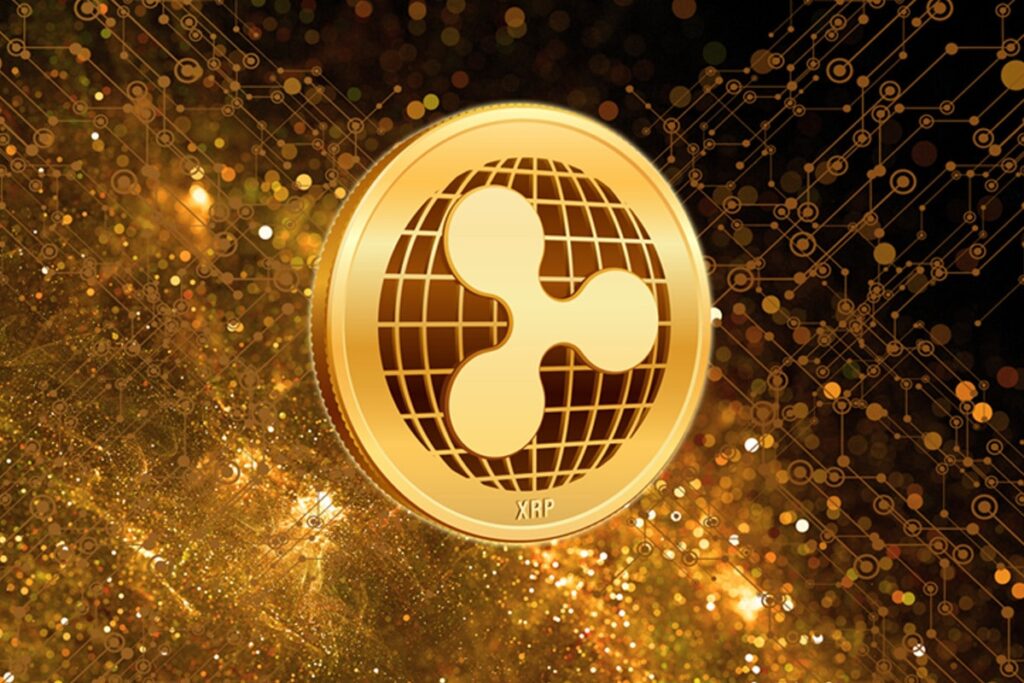In an ever-evolving financial landscape where digital currencies are reshaping the way value is perceived and exchanged, it’s imperative to understand the roles that different cryptocurrencies play in this new realm. One such cryptocurrency making waves is XRP, a digital asset that stands out for its unique approach to decentralization and financial autonomy. XRP, developed by Ripple, is designed to offer individuals full control over their assets, enabling them to act as their own banks and facilitate seamless, borderless transactions. This guide delves into the strategic purpose of XRP, its core functionalities, and the visionary outlook of its potential to redefine value transfer across the globe.
The Role of XRP in a Decentralized Financial Ecosystem
Understanding XRP’s Purpose
XRP’s principal aim isn’t to replace traditional banking systems but rather to complement them by providing an alternative way to transfer value without the need for intermediaries. According to Ripple’s Chief Technology Officer, David Schwartz, XRP’s fundamental goal is to empower individuals with direct control over their finances, eliminating the need for third-party intervention. This self-sovereign approach underlines XRP’s commitment to fostering open and inclusive financial systems where transactions are not subject to external restrictions or delays.
Unlike other cryptocurrencies that rely on centralized authorities or intermediaries, XRP operates on the XRP Ledger (XRPL), a decentralized blockchain that ensures the currency remains neutral and independent of any company or government influence. This structure enables XRP to function as a versatile digital asset capable of traversing global jurisdictions without the risk of being frozen or reversed.
Community Support and the Vision for XRP
Following Schwartz’s clarifications, prominent community voices like BankXRP have echoed the sentiment, emphasizing XRP’s role in creating a self-sovereign financial future. BankXRP advocates for a landscape where transactions do not need approval, and assets remain under the full control of individuals. By highlighting XRP’s potential to bypass traditional financial gatekeepers, the community reinforces the notion that XRP’s mission is to pave the way for a decentralized, permissionless financial network, which grants individuals unparalleled control over their money.
XRP’s design as a bridge asset facilitates unimpeded value exchanges across borders, offering a compelling alternative to traditional financial systems. Rather than attempting to supplant existing institutions, XRP seeks to enhance the efficiency of financial operations by enabling instant and secure cross-border transactions without the overhead of traditional banking fees and regulations.
The Future of XRP in Financial Systems
The future trajectory of XRP hinges on its ability to maintain its core principles of decentralization and financial empowerment. With technological advancements and increasing global acceptance, XRP is poised to integrate more deeply into both digital and traditional financial landscapes. As discussions on the digitization of finance continue to mature, XRP stands as a model for how digital assets can operate independently of centralized control while providing robust services that align with modern financial needs.
“`html
How does XRP facilitate cross-border transactions?
XRP streamlines cross-border transactions through the XRP Ledger, which enables secure and instantaneous value transfers. By eliminating the need for intermediaries and reducing transaction fees, XRP makes international transfers more efficient and accessible.
What makes XRP different from Bitcoin?
While both XRP and Bitcoin are digital currencies, they differ in purpose and functionality. Bitcoin is primarily a store of value and decentralized payment system, whereas XRP is focused on facilitating quick and low-cost international money transfers through its unique ledger technology.
Can XRP be considered a long-term investment?
The long-term investment potential of XRP depends on factors such as market trends, regulatory developments, and technological advancements. While XRP’s innovative approach to decentralization presents promising opportunities, investors should conduct thorough research and risk assessment before investing.
What security measures are in place for the XRP Ledger?
The XRP Ledger employs advanced cryptography and a unique consensus algorithm to safeguard transactions. Its decentralized nature and robust security protocols ensure the integrity and protection of data on the network, offering users a reliable platform for digital transactions.
“`
This comprehensive overview of XRP not only underscores its pivotal role in the decentralized economy but also provides insights into its potential as a transformative financial asset. The FAQs further enrich the reader’s understanding, encouraging informed decision-making in the dynamic realm of cryptocurrency.

